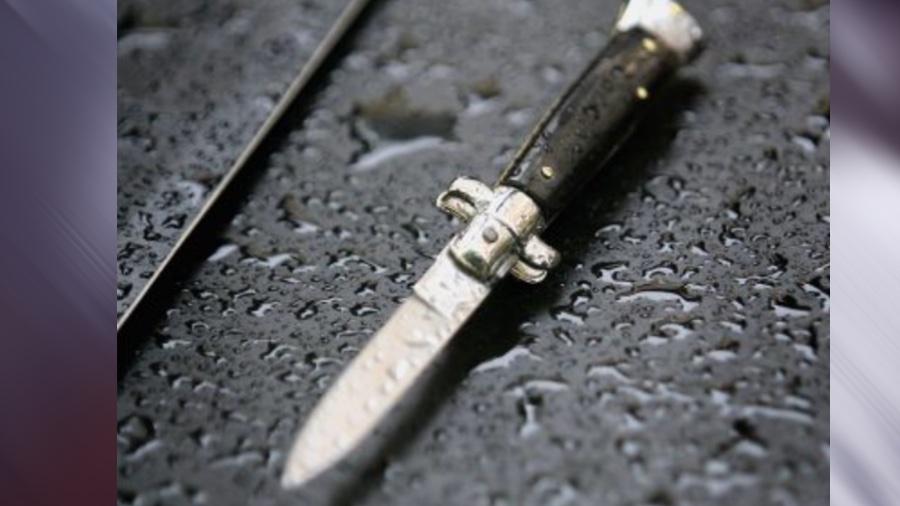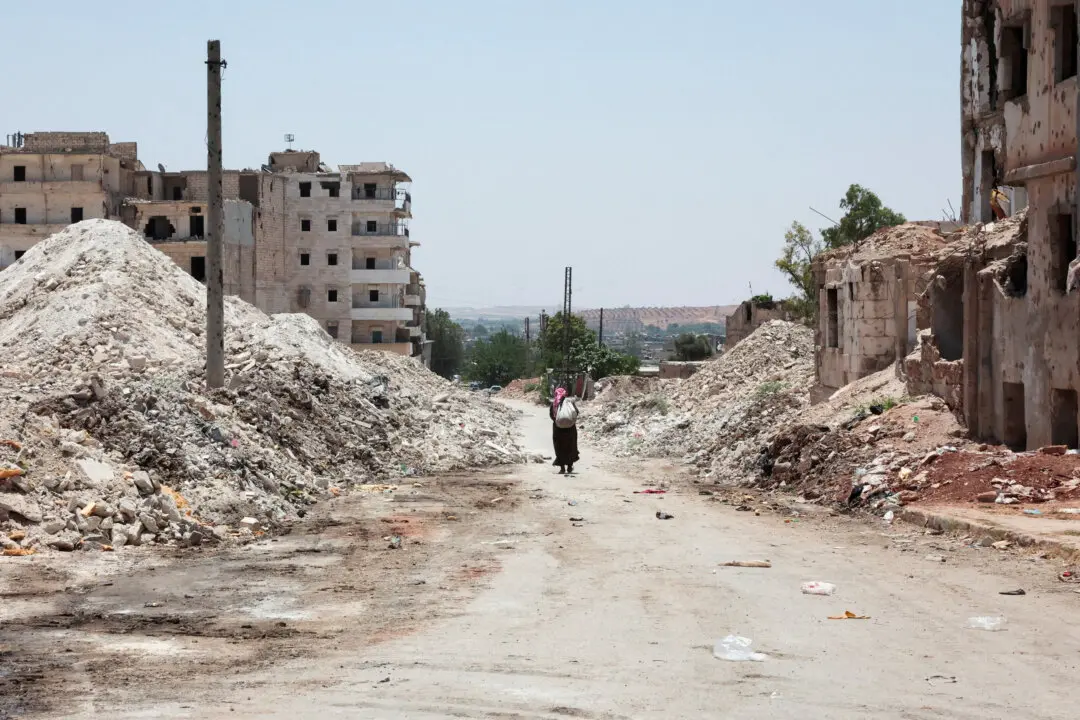The knife crime epidemic plaguing England and Wales has hit a record high, new figures for the year ending in March 2019 show, with sharp instrument offenses up by 8 percent year on year.
The data released by the Office for National Statistics (ONS) shows there were 43,516 police-recorded offenses in the UK for the year ending in March 2019 involving a knife or sharp instrument.





